Childhood leukaemia information for parents
This is general information for parents and carers of children, teenagers and young adults with leukaemia.
If you know the young person's exact diagnosis, you may also want read:
We have separate information for older adults:
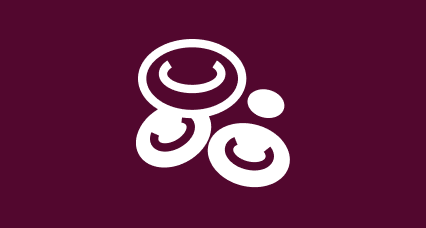
What is childhood leukaemia?
Leukaemia in children and young adults is most often fast-growing (acute). There are different types of leukaemia that affect different blood cells.
Childhood leukaemia explained
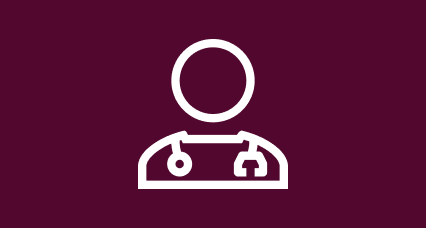
Childhood leukaemia prognosis
Your child's prognosis is individual to them. But overall, thanks to research, treatment for childhood leukaemia has improved in the last few years.
The future
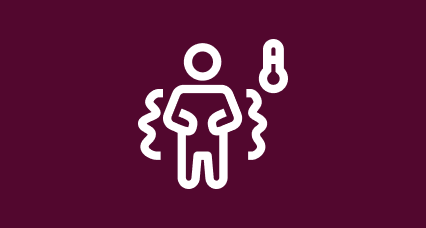
Symptoms and tests
Tiredness, bruising easily and getting lots of infections are common symptoms of childhood leukaemia. Tests will confirm the right diagnosis.
Know the symptoms
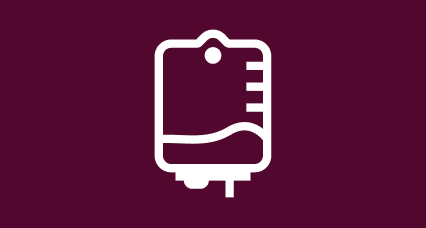
Treatment for childhood leukaemia
Treatment options depend on the type of leukaemia and your child's overall health. Your hospital team will discuss the options with you.
Types of treatment
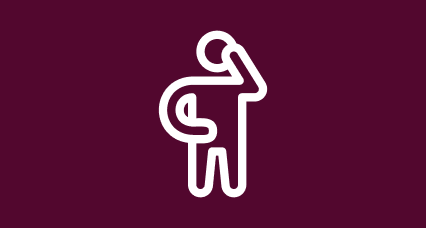
Treatment side effects
Be prepared for possible side effects of treatment. Your hospital team will suggest ways to help with any side effects your child experiences.
Managing side effects

Managing your child's treatment
Find out more about the different members of your hospital team. Get guidance on keeping other people up to date on how your child is doing.
The hospital team
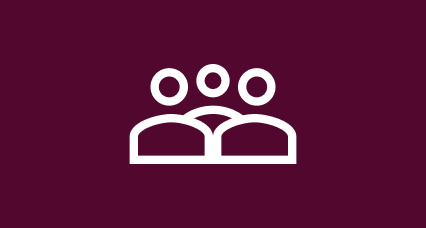
Looking after your child
Learn about the risk of infection and other things to consider when you're supporting your child through treatment for leukaemia.
Practical advice
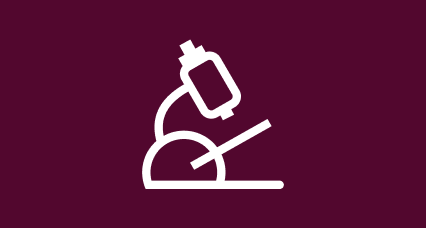
Our childhood leukaemia research
Tackling childhood leukaemia was the main area of focus for our founders and is where we have some of our biggest research breakthroughs.
Find out more
Thank you to Clinical Nurse Specialist Kerry Baker for checking the clinical accuracy of our childhood leukaemia information.
